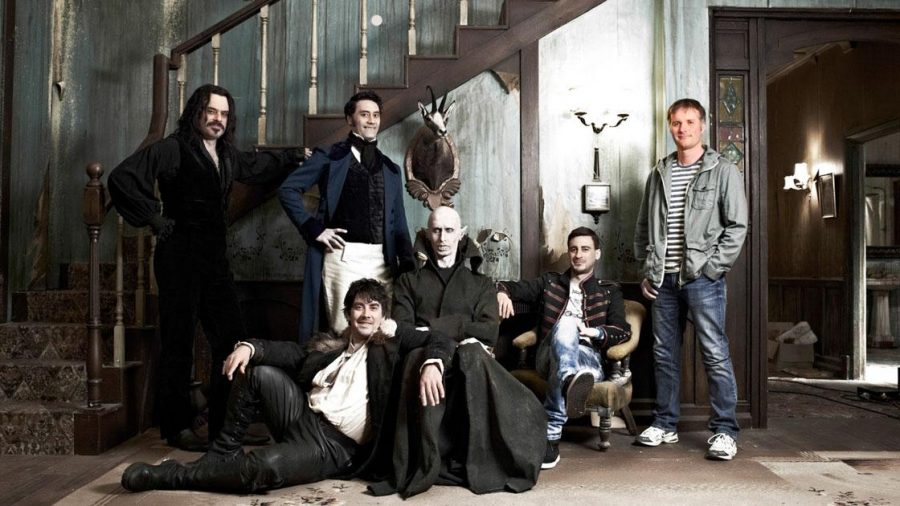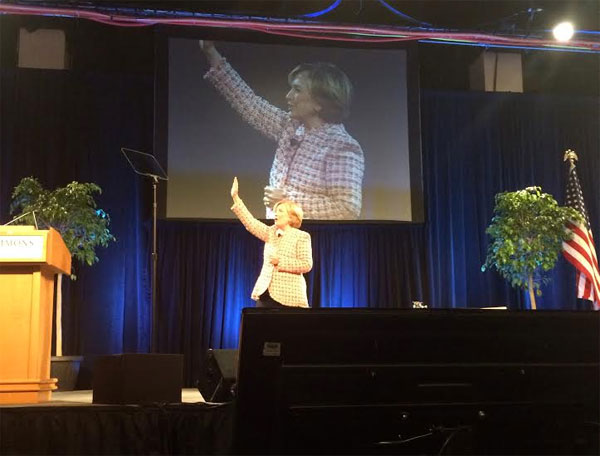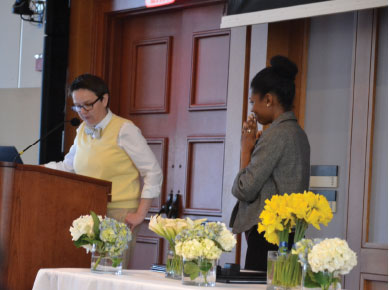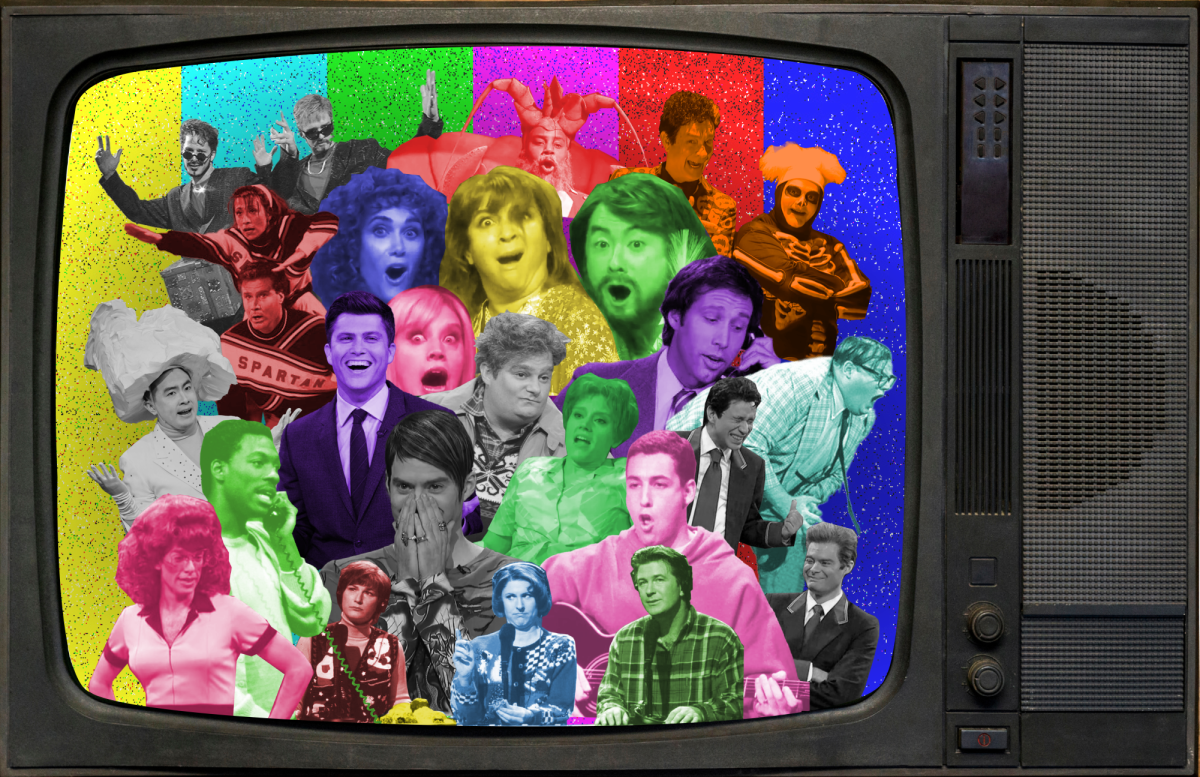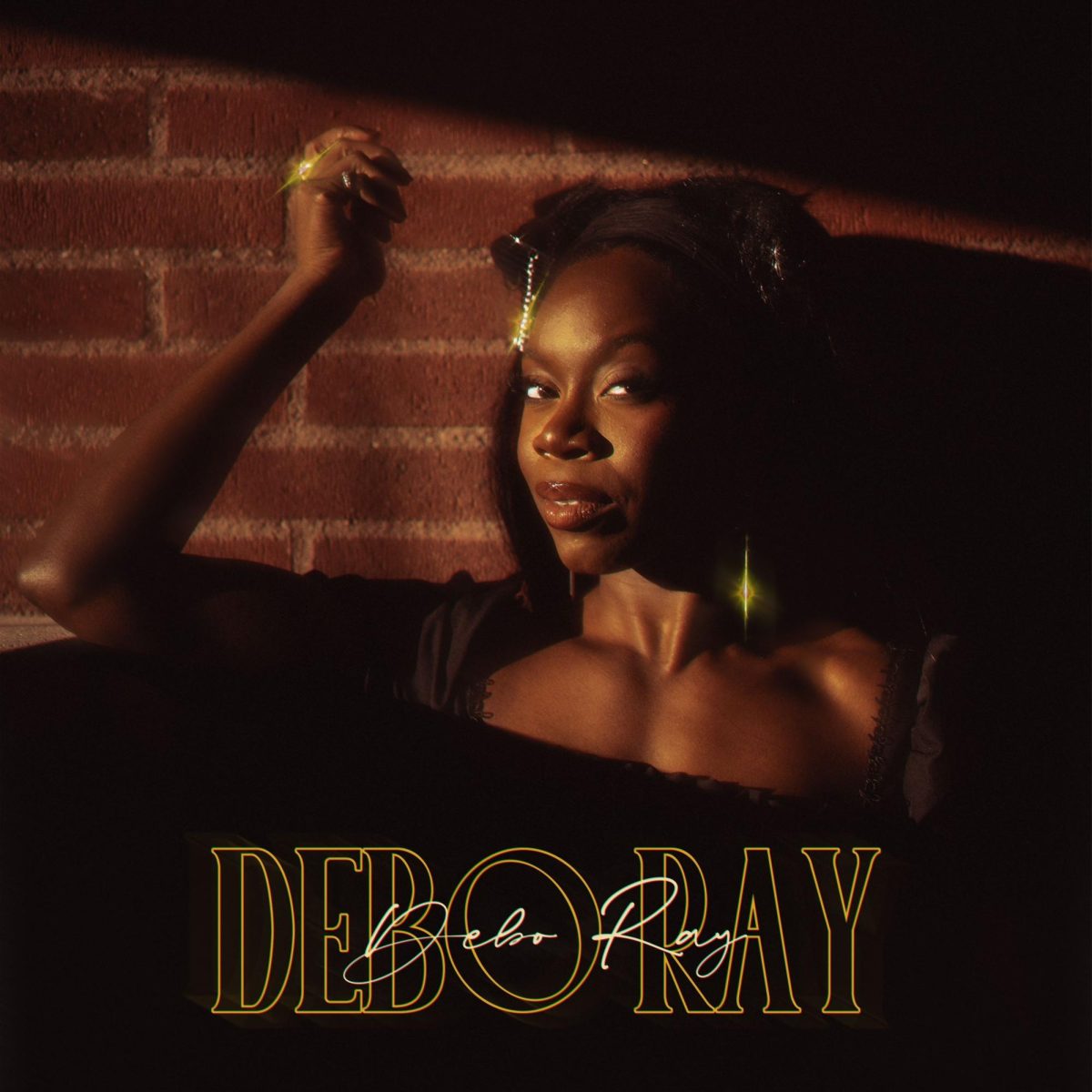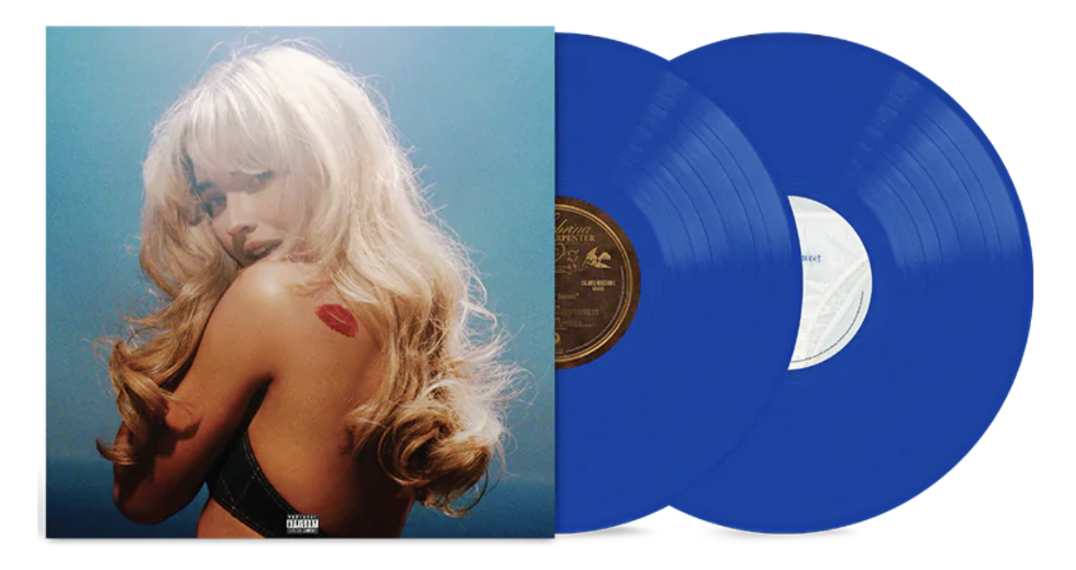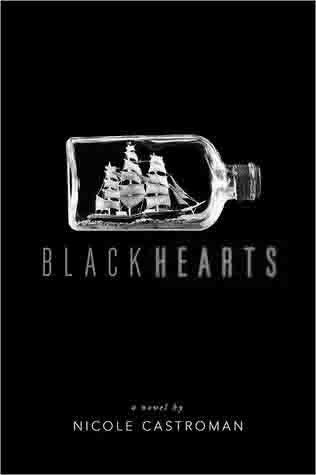By Mary Commisso
Staff Writer
If you like well-done modernizations, English literature, and sometimes spend a little too long on YouTube, there’s an Emmy Award-winning web series just for you.
It’s called “The Lizzie Bennet Diaries,” and it’s a modern retelling of Jane Austen’s classic “Pride and Prejudice,” developed by Hank Green (brother of author John Green) and Bernie Su.
There are 100 episodes of “The Lizzie Bennet Diaries” published on the YouTube channel “LizzieBennet.” The early episodes are shorter, usually around three minutes long. As interest increased, episodes grew in length. Middle episodes are about five minutes long, and later episodes can be up to eight minutes long.
Lizzie Bennet, a twenty-something in grad school, treats us to her snarky sense of humor, telling anecdotes and recounting daily occurrences. As the drama unfolds, Lizzie encounters more characters, some of whom she likes, some of whom she makes her distaste for very clear. We witness the weaving of society’s ridiculously tangled web, much like Austen’s original. We also experience firsthand through Lizzie how struggling against society only seems to make life harder.
“The Lizzie Bennet Diaries” manages to include a remarkable amount of detail from “Pride and Prejudice,” turning estate names into business names and arranged marriages into job contracts, for example.
The series begins with Lizzie holding up a T-shirt her mom got her for Christmas last year. On the front, it says, “It is a truth universally acknowledged that a single man in possession of a good fortune…” on the front. On the back, it reads, “…must be in want of a wife.”
She goes on to dissect her mother’s obsession with marrying off her daughters.
“I’m a 24-year-old grad student with a mountain of student loans, living at home and preparing for a career. But to my mom, the only thing that matters is that I’m single.”
The phrase “universal truth” sounds incredibly melodramatic to Lizzie. Sure, she knows there are rich, single guys out there—but how many are realistically, actively looking for marriage?
She speculates that about 22 percent are “sleaze-balls and scumbags,” 26 percent are “incapable of escaping current dead-end relationships,” 18 percent are probably “sailing around the world trying to find themselves,” and 32 percent could be doing, “whatever it is that rich guys do when they’re young.” This renders her mother’s assumptions about 2 percent accurate. So there.
She impersonates her mother, donning a blue taffeta sun hat and a satin shawl, and speaking in an exaggerated Southern accent. Her best friend Charlotte, who is helping her shoot the web series, comes out from behind the camera and impersonates Lizzie’s dad. This entails wearing a flannel shirt, holding a pipe, and delivering her “lines,” in a monotone voice to contrast Lizzie’s over-the-top impersonation.
These impressions become running characters in the web series. Almost everyone Lizzie knows or meets gets impersonated during her personal accounts of the world around her.
The second episode introduces the main conflict: there’s a really nice house for sale in nearby Netherfield, and a rich, single man has bought it. Mrs. Bennet allegedly stalks the house, driving past it up to four times a day, stealing the inhabitant’s mail, and mining her housewife friends for information.
We eventually find out that the new owner of the house in Netherfield is young medical student Bing Lee—a riff on Austen’s Mr. Bingley.
Lizzie’s sisters are also introduced. Jane is older than Lizzie, and on many occasions is referred to as “the sweetest person you will ever meet.” She lives at home while working a low-paying job in the fashion world. Lydia is younger and much, much wilder.
As for Darcy, we hear plenty about him, but we don’t actually see him until episode 59. That might seem like a long way off from episode one, but this web series is easy to burn through quickly. When I discovered “The Lizzie Bennet Diaries,” I watched well into the 60s before realizing that it was one in the morning.



